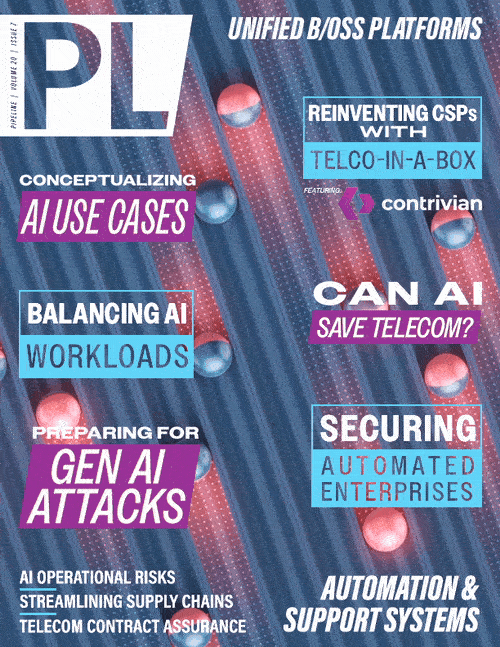Streamlining Supply Chains for Large
Infrastructure Projects
Forging Forward
So, how does the logistics process work for a project as large and complex as the TSMC foundry? It starts with receiving and managing hundreds of shipping containers filled with materials sourced from Taiwan. Upon arrival, the containers are meticulously unpacked and all items are stocked, strategically placing and inventorying all pieces across two expansive off-site warehouses and many acres of outdoor yards. At the same time, some materials are sourced locally. In that case, the logistics service provider (LSP) enters the scene directly after procurement, when they start communicating with vendors on pickup and delivery schedules.
Once materials are in storage, the LSP manages the delivery scheduling to the job site, with an eye on efficiently directing crane time utilization. In a nutshell, material is ordered by the subcontractor or project engineer requiring the material through a warehouse management system, and the LSP assumes complete responsibility for all warehousing aspects, including security and the seamless delivery of materials to the job site. An important aspect of this responsibility is an awareness of the specific handling needs for different specialty items associated with a tech-based manufacturing facility. For a semiconductor foundry, this might include the proper handling of gear like photolithography, deposition, ion implantation, and metrology equipment to prevent damage and making sure such equipment is stored in optimal conditions to safeguard them as assets.
The Human Element
For some aspects of the project’s logistics, contemporary tools can ease the burden. For instance, software for delivery scheduling, inventory management, warehouse management, and transport routing are very helpful. However, there are many other project elements where technology simply cannot fill the gap. Sometimes workers don’t show up, pilot cars are unavailable, cranes break down, or shipments run into delays at customs. For these situations, there is no substitute for manpower, nimble problem-solving, and industry know-how. For a project as massive and complex as this, those situations come daily.
One major area of the logistics puzzle where the human element is vital can be found in addressing the intercultural and multilingual aspects of a highly international project, as the global nature of the build makes it different from many similar builds. The facility is owned (and will be operated) by Taiwanese company TSMC, and has hired Taiwanese construction company UIS (staffed with many Taiwanese workers) as the prime contractor. With an American site and many American tradespeople at work, there are many differences in approach and cross-cultural partnerships that need to be navigated. For an LSP, developing trust with the project workforce is crucial, as it nudges all parties toward a more open-minded approach to understanding both American and Taiwanese operations. To help in navigating these multifaceted challenges, The LSP on the project enlisted the expertise of a professional with decades of experience in Taiwanese manufacturing, fluency in Mandarin, and a familiarity with American Midwest culture. Acting as a cultural and operational consultant, he was able to enable closer collaboration between the many diverse stakeholders across such a large project.
So, in the end, what have we learned? As the TSMC semiconductor manufacturing campus rises from the Arizona desert, it represents not just a major stride in United States' technological autonomy but also an emblem of the evolving dynamics of global construction and logistics management. The endeavor requires the balancing of immense scale, cross-cultural collaboration, intricate logistics, and delicate technological demands, underscoring the imperative for adaptability, robust planning, and international cooperation in the modern era of manufacturing and construction. In navigating the complexities of such a mammoth project, the key takeaway is clear: success in today's globalized construction landscape requires not just technical skill and resources but a deep commitment to solving problems and bridging gaps between different cultures, practices, and expectations.



















